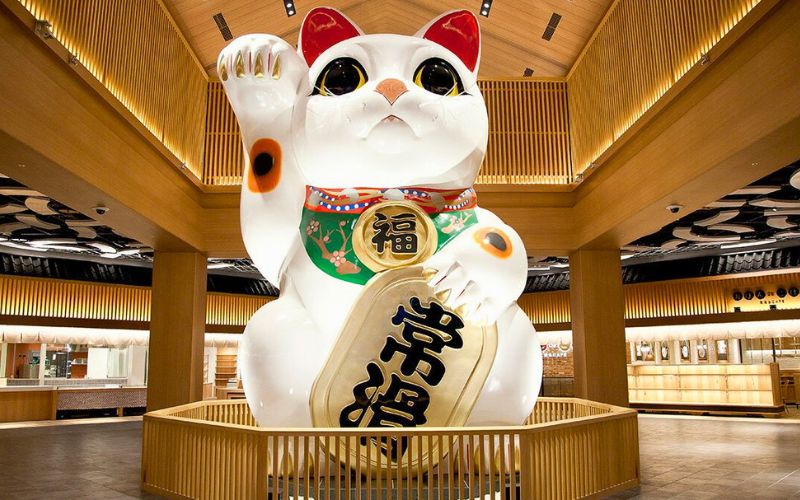
The Cultural Significance of Maneki-Neko: More Than Just a Cute Keychain
When you think of Japanese culture, one of the most iconic and beloved symbols is the Maneki-Neko, or "beckoning cat." This charming feline, often seen with one paw raised, is more than just a cute keychain. It holds a deep cultural significance and is considered a powerful talisman of good luck and prosperity. In this blog post, we'll explore the history, meaning, and various forms of Maneki-Neko, and why it continues to be a popular symbol in Japan and around the world.

History of Maneki-Neko
The origins of Maneki-Neko date back to the Edo period in Japan, around the 17th century. Several legends explain its beginnings, but one of the most popular tales involves a poor temple monk and his cat. According to the story, a feudal lord took shelter under a tree near the temple during a storm. He noticed the cat beckoning him inside with its paw. As he approached, lightning struck the tree, sparing his life. In gratitude, the lord became a patron of the temple, bringing prosperity. This story highlights the Maneki-Neko's association with good fortune and protection.

Symbolism of the Maneki-Neko
Maneki-Neko is more than just a decorative item; it is a powerful symbol of luck and prosperity. The cat's raised paw is believed to beckon good fortune. The symbolism varies depending on which paw is raised:
Left Paw Raised: Attracts customers and people, making it ideal for businesses.
Right Paw Raised: Brings wealth and money, perfect for homes and personal use.
The color of the Maneki-Neko also carries specific meanings:
White: Purity and happiness
Black: Protection from evil spirits
Gold: Wealth and prosperity
Red: Protection from illness and evil
Green: Academic success and good health
Types of Maneki-Neko
Maneki-Neko comes in various forms and materials, each with unique characteristics:
Ceramic and Porcelain: Traditional and often hand-painted, these are the most common types.
Plastic: Affordable and widely available, perfect for mass production and use as keychains.
Metal: Durable and often used for more elaborate designs and larger statues.
Wood: Hand-carved and painted, these offer a rustic and traditional aesthetic.

Maneki-Neko in Modern Culture
In contemporary Japan, Maneki-Neko is a common sight in homes, shops, and restaurants. Its popularity has spread worldwide, and it is now a beloved symbol in many cultures. From cute keychains to elaborate statues, Maneki-Neko continues to be a cherished talisman of good luck and prosperity.
Incorporating Maneki-Neko into Your Life
Adding a Maneki-Neko to your space is more than just a decorative choice; it's a way to invite positivity and fortune into your life. Here are some tips on how to incorporate Maneki-Neko:
Business: Place a Maneki-Neko near the entrance of your store or business to attract customers and good fortune.
Home: Position a Maneki-Neko in your living room or at the entrance to bring wealth and happiness to your household.
Gifts: Maneki-Neko keychains or small statues make thoughtful gifts that convey wishes of good luck and prosperity.
The Maneki-Neko, with its beckoning paw and charming presence, is a symbol deeply rooted in Japanese culture and history. It represents good luck, prosperity, and protection, making it much more than just a cute keychain. Whether you're a business owner looking to attract customers or someone seeking a talisman of good fortune, incorporating a Maneki-Neko into your life is a delightful and meaningful way to embrace this beloved Japanese tradition.
By understanding the cultural significance of Maneki-Neko and incorporating it into your life, you can invite good fortune and positivity while honoring a cherished tradition that has stood the test of time.
